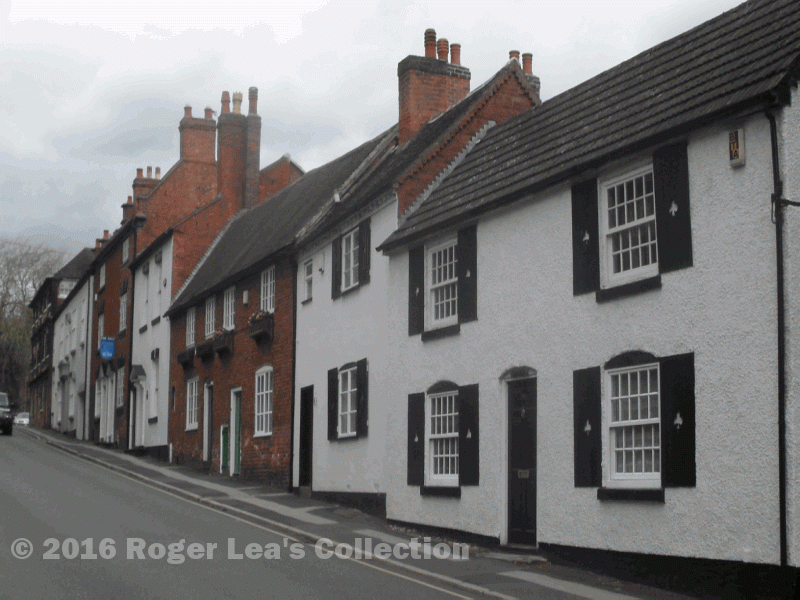Discussing the influence of climate on the human mind, Robert Burton wrote “Sutton Coldfield in Warwickshire (where I was once a grammar scholar), may be a sufficient witness, which stands, as Camden notes, loco ingrato et sterile (in a barren and infertile district), but in an excellent air, and full of all manner of pleasures.” This reference to the air quality is the only time Sutton Coldfield is mentioned in Robert Burton’s “Anatomy of Melancholy” of 1621, so the 1590s schoolboy must have been impressed by it. In 1762 an anonymous writer begins his account of Sutton with a mention of the Coldfield, “The air being, upon that heath, as keen and cold as that upon the highlands of Scotland”, and in 1860 Miss Bracken, remarking on the popularity of Sutton Park with the people from the neighbouring industrial towns, refers to “Multitudes imported for a few hours respiration of Coldfield air”.
The benefit of the invigorating Coldfield air was only to be enjoyed on the higher ground; Dr. Oates, commenting at the Railway Inquiry in 1859, criticised the proposed location of a railway station at Lower Parade, saying that the air was damp in the valley, and “It is such a cold spot it is enough to give any railway passengers the ague that go there”.
From medieval times the poorer housing clustered at the damp and cold bottom of the hill, while the gentry enjoyed the healthier air in their High Street houses. This pattern can still be seen on the eastern side of Coleshill Street, where the old houses get smaller as you go down the hill. In 1728 the grammar school moved from its site near the church to an even healthier position in Lichfield road, and this area, known as the Top of Sutton, was the chosen location for new gentry houses such as Moat House and the Rookery.
In the 1850s houses were being built on the Coldfield (now Boldmere); most of the rich men’s houses on were the high ground along Chester Road, and the poor men’s cottages on the low ground at the Jockey Road end of Boldmere Road. By 1900 small houses and shops occupied both ends of Boldmere Road, but middle-class housing began to take over as the road rises towards St. Michael’s Church, taking advantage of the healthy air.
Fernwood Grange, once the grandest house in Boldmere, was built at almost the highest point, at the top of Antrobus Road, where the air was keen. Nearby Oscott College moved to its present site from the secluded valley at Old Oscott where it had been founded in 1794. Perhaps the air quality was one of the factors influencing Bishop Walsh when he chose the location for the rebuilt college in 1838.
